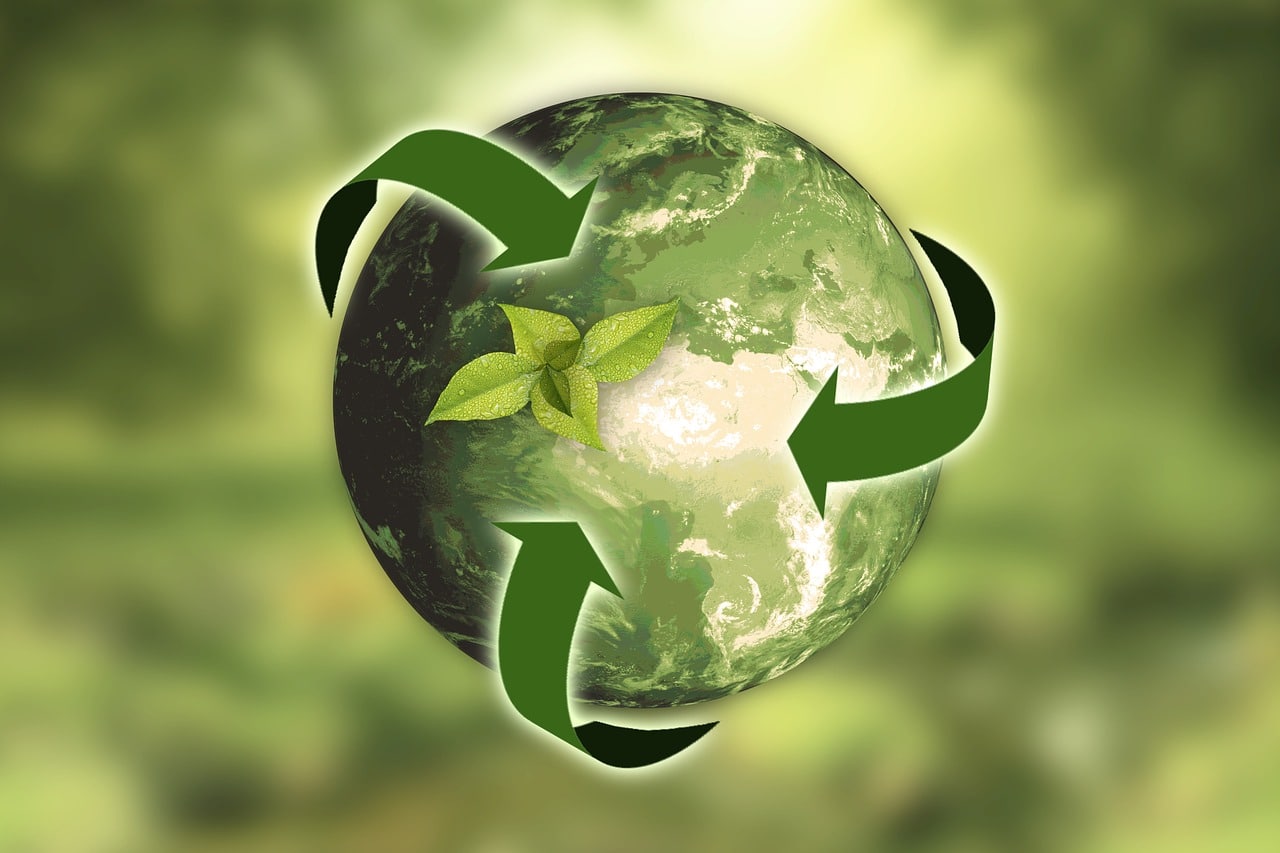Before disposing of your baking paper, you might want to consider recycling it. Baking paper is commonly used in lining baking trays. After some time, used baking papers will eventually collect many waste products, which begs whether they can be reused. Sadly, parchment papers could only be used once and must be disposed of after use. Before throwing it into the trash bin, consider the means to dispose of your baking paper properly.
Is Baking Paper Recyclable?
Yes, baking paper or parchment paper can be recycled. Recycling involves shredding used papers and then recycling or upcycling the same paper bags, newspapers, cardboards, and other paper products. The process involves segregating collected paper in a recycling plant wherein it is separated according to its grades and types.
After inspecting that the paper is clean and good for recycling, it is then washed with water with chemicals to remove inks, staples, glue, and plastic films—until it forms a pulp. This “pulp” (now called a slurry) is mixed with different materials until paper fibers are formed. It is then placed inside a machine where it is spread and squeezed out of the excess waters.
After drying, it is rolled into large rollers and left to dry. The dried paper is then sliced into workable pieces before it is delivered to be sent to several shops. Paper companies collect it then transformed it into different products.
Baking paper or parchment paper is a popular disposable item in the kitchen. Despite the main percentage of baking paper made with paper fibers, there are still not recyclable components. White-colored parchment paper is usually treated with bleach—which is not suitable for paper recycling.
Manufacturers also coat their baking paper with a silicone coating to give it a nonstick element. The silicone found in the paper sheets makes it hard to separate it from the paper fibers—making it difficult to recycle.
Some waste haulers would not consider baking paper as a recyclable material, so it must be separated from the paper shredder. Oils or food residue found in soiled baking paper will affect the overall paper’s output after the recycling process.
Is Baking Paper Compostable?
Despite being a paper-based lining sheet, the baking paper is not intended to be inside a compost pit. Reynolds, one of the leading baking paper brands in the United States, confirmed that they had not tested their baking paper for compatibility and “has not been tested for being compostable. This means that it is not proven a compost-friendly paper and must not be tried prior.
Baking paper is drenched with bleaching acid, which is corrosive to landfills. It will turn the soil acidic, which will further damage the soil’s overall health. Even associated with food, the baking paper should not have been mixed with the other recycling papers. If your baking paper is not bleached with acid and not drenched with silicone coating—this paper could be placed in a compost pile. Some parchment papers are sold without silicone treatment.
However, these are less common because they are less efficient when used in baking. The silicone treatment of high-quality parchment-paper gives the parchment paper its oven-safe qualities. Also, it helps in preventing moisture from seeping into the material during the baking process.
How Do You Dispose of Baking Paper?
The simplest way to dispose of your baking paper is simply throwing the used ones in the bin. Unless specifically stated by your state or city waste management service, these are not considered recyclable the way plastic or resins are recyclable. Some cities will collect baking papers as they may be made into a slurry and made into new paper products. For the most part, however, these parchment papers are not included in most recycling efforts.
Let’s talk about the term biodegradable. Baking papers that have not been bleached are considered one hundred percent biodegradable for obvious reasons – they don’t have additives that prevent the paper from breaking down quickly.
Different kinds of paper used for baking and serving baked goods have varying degrees of biodegradability.
Based on current information, wax paper is not considered 100% biodegradable for the simple reason that it will not easily degrade in any compost pile because of its wax content.
If you bake a lot at home, you may want to look for brands that indicate that they make compostable parchment paper. Not all brands are compostable, so if you want the truly eco-friendly route, then this is what you should get for baking. Look unbleached and nonstick parchment paper for baking, so the food doesn’t stick, and you can help contribute to a better environment.
The downside of these eco-friendly versions of the same products that we usually use for baking is that they lack silicone treatment and wax. Silicone treatment is the reason why regular parchment paper does not suddenly combust when placed inside the oven.
The silicone treatment is also why this material will not stick to your newly-made cookie dough. On the other hand, Wax paper is a crowd favorite precisely because it is naturally moisture-resistant, and the sheet keeps food fresh, longer.
If you are worried about the additives that make these products problematic in the first place, use materials that our grandmothers and grandfathers used for baking. We’re talking about regular butter, cooking oil, or flour. These ingredients are not ideal for baking cakes, but they can be used repeatedly for baking cookies.
If you don’t want to get your hand dirty, you can just as well get a can of nonstick spray and apply it to the baking tray. Make sure you add a generous amount of nonstick spray on the baking tray to ensure that every section is nonstick before adding the dollops of cookie dough. There’s nothing strange about this method because this is the classic method of rendering a baking tray nonstick!

